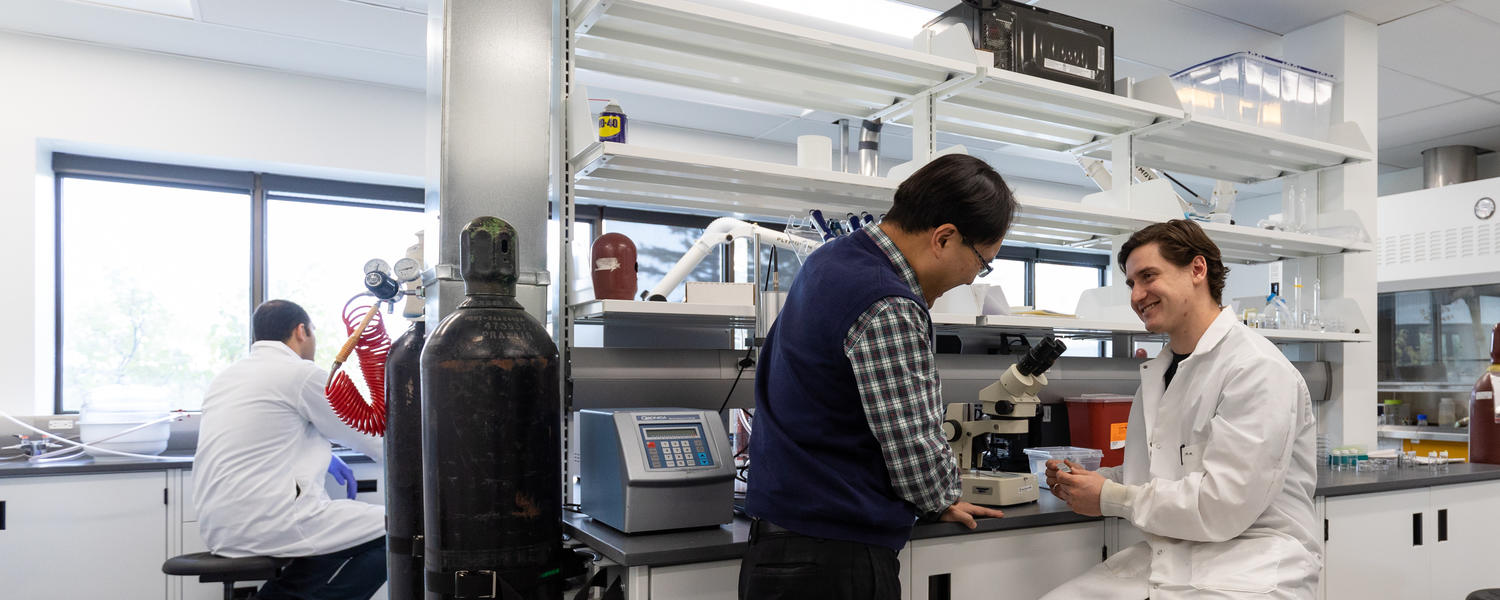
Research in Mechanical and Manufacturing Engineering

About the research areas
Advanced Materials and Manufacturing
Developing innovative materials, design tools, and manufacturing methods to enhance performance across various industries, such as automotive and aerospace applications.
Aerospace and Autonomous Systems
Enhancing both aircraft drone, and robotics technologies, including design, control systems, propulsion, and sensing, to enable advancements such as improved efficiency, safety, and autonomous flight capabilities for various applications ranging from travel to fighting forest fires and delivery services, with potential future expansions into supersonic travel and satellite delivery.
Clean and Sustainable Energy Systems
Engineering solutions supporting Canada's carbon neutral economy targets by 2050 through development of clean energy systems like solar, geothermal, and wind turbines, advancements in hydrogen technology, and improvements in conventional energy infrastructure and emission reduction measures.
The inner circle represents activities linking the research areas of focus together. The department has unique expertise in advanced modelling, mechatronics, and artificial intelligence. Advanced modelling, which includes physics-based and data-driven modelling approaches with the advancement of machine learning and artificial intelligence, are captured within each of the research areas and provide a foundation for the advancement of our research areas. We leverage the experience in interfacing the digital and physical worlds through our mechatronics researchers, which came together to form a focus in our undergraduate offerings in Canada in the area.
The outer circle embodies department aspirations for addressing global challenges through engineering education, transdisciplinarity, and social innovation. Our innovative programs train engineers in both technical skills and societal consciousness to support impactful research and industry innovation. Our goal is to foster skilled engineers with ethical and sustainable values to diversify the economy. Examples include:
- Integrated learning across materials, manufacturing, thermodynamics, and fluid mechanics courses in the third year, facilitated by research activities in engineering education that supports understanding the broader societal impact of their studies, transitioning them from university students to industry practitioners.
- Advocating for inclusivity in Canadian engineering traditions.
- Engaging with communities, including Calgarians, remote Northern communities, and Indigenous groups, to promote sustainable engineering practices.



